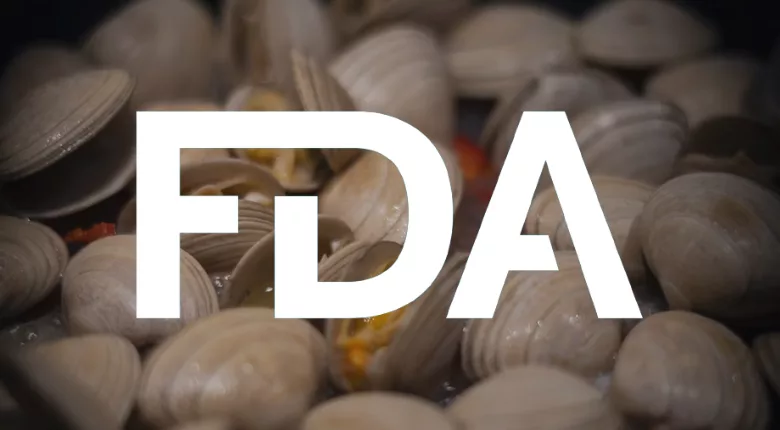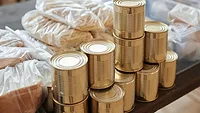FDA Clarifies “In-Shell Product” Definition and Requirements for Shellfish per 2022 Food Code

Image credit: Paul Einerhand via Unsplash
The U.S. Food and Drug Administration (FDA) recently released a factsheet on the 2022 Food Code definition and requirements for “in-shell product,” which is a sub-category of molluscan shellfish that requires special parameters for safe handling. The new definition aligns the Food Code with the National Shellfish Sanitation Program (NSSP) Guide for the Control of Molluscan Shellfish.
In the 2022 FDA Food Code, “in-shell product” is defined as nonliving, processed shellfish with one or both shells present. Common examples include, but are not limited to, individually quick-frozen (IQF) oysters, whole frozen shellfish, banded high-pressure treated oysters, and irradiated oysters. Such products may or may not be treated to limit pathogens, such as Vibrio. Pathogens are of particular concern to in-shell products because:
- Environments in which molluscan shellfish grow are commonly subject to contamination from sewage containing microbiological hazards, and to naturally occurring pathogenic bacteria
- Molluscan shellfish filter and concentrate pathogens that may be present in surrounding waters
- Molluscan shellfish are often consumed whole, either raw or partially cooked.
Updates to the FDA Food Code regarding in-shell product include container and labeling requirements. Specifically, for display purposes, in-shell product may be removed from the container in which they are received, displayed on drained ice, or held in a display container, and a quantity specified by a consumer may be removed from the display or display container and provided to the consumer if the source of the in-shell product on display is identified and recorded as specified by the Food Code (§3-202.18 and §3-203.12), and it is protected from contamination (¶ 3-203.11 C).
Accurate source identification of the harvesting area, harvester, and dealers must be contained on molluscan shellstock identification tags so that if a foodborne illness outbreak linked to shellfish occurs, the information is available to expedite the epidemiological investigation and regulatory action.
Lot separation is critical to isolating shellfish implicated in foodborne illness outbreaks and tracking them to their source. Proper identification is needed for tracing the origin and determining conditions of shellfish processing and shipment. If the lots are commingled at retail, traceability is undermined and the root of the problem may remain undetected. If no causative factors are identified in the food establishment, tracing the incriminated lot helps in identifying products that need to be recalled or growing waters that may need to be closed to harvesting.
When shucked shellfish are prepackaged in consumer self-service containers, the labeling information as specified under § 3-202.18 must be recorded on a log sheet to correlate with the date of sale of the consumer sized containers.
Regarding labeling requirements, if in-shell product is removed from its tagged or labeled container, the source identification must be preserved by using a record keeping system as specified under sub¶ 3-203.12 (C)(1).
Accurate records that are maintained in a manner that allows them to be readily matched to each lot of molluscan shellfish provide the principal mechanism for tracing molluscan shellfish to its original source. If an outbreak occurs, regulatory authorities must move quickly to close affected growing areas or take other appropriate actions to prevent further illnesses. Records must be kept for 90 days to allow time for hepatitis A virus infections, which have an incubation period that is significantly longer than other shellfish-borne diseases, to come to light.
Looking for quick answers on food safety topics?
Try Ask FSM, our new smart AI search tool.
Ask FSM →









